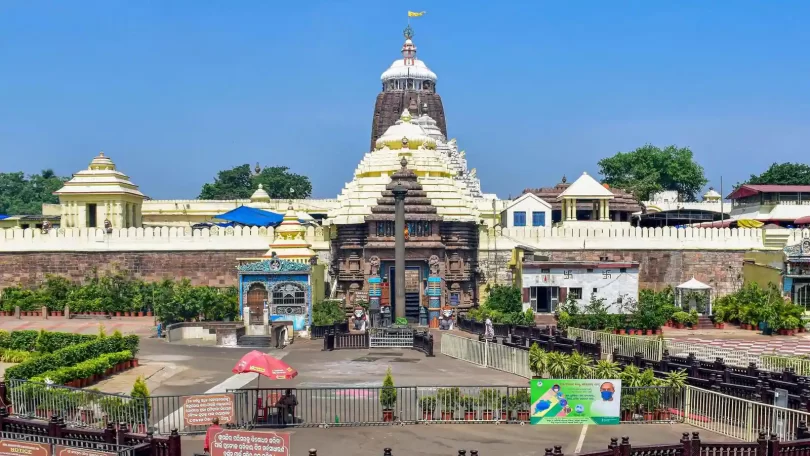A state construction agency might have destroyed archaeological remains around the 12th century Jagannath temple in Puri by carrying out deep excavations to build a corridor around the world heritage site, the Archaeological Survey of India (ASI) told the Orissa high court on Monday.
“At several locations as seen from the cuttings/section, it is evident that removal of about 15 to 20 feet stratified deposit have taken place, which has caused irreparable damage to the heritage site,” the ASI said in an affidavit. “During the discussion, Odisha Bridge and Construction Corporation (OBCC) officials were clueless about the method of soil removal and cultural findings from the digging.”
Protests had erupted in the temple town in the past two months over excavations as much as 20ft deep carried out using JCB machines, some of which were just 7 metres from the temple precincts. Defending the digging, Puri district administration had said it had approval from the National Monuments Authority (NMA).
No heritage impact assessment studies were conducted before starting construction of the Srimandir Parikrama project, and no ground-penetrating radar survey was conducted to ascertain the archaeological and historical remains lying buried in the subsoil within a 75 metre radius of the centrally protected monument, the ASI said in the affidavit on Monday.
In November last year, Odisha chief minister Naveen Patnaik had laid the foundation stone for the ₹3,200 crore Shrimandira Parikarama project, in which the entire area within the 75 metre perimeter of the Jagannath Temple will be transformed into a heritage corridor for the benefit of devotees.
The area around the temple will be divided into nine zones, according to the project plan. A 7m green buffer zone adjacent to the Meghanad Pacheri, or the boundary wall, will be built, followed by a 10m long Antar Parikrama for the ceremonial procession of the deities. There will also be an 8m long outer pradikshyan for devotees and a 10m public conveyance zone with restrooms, drinking water fountains, information kiosks, shelters and pavilions.







